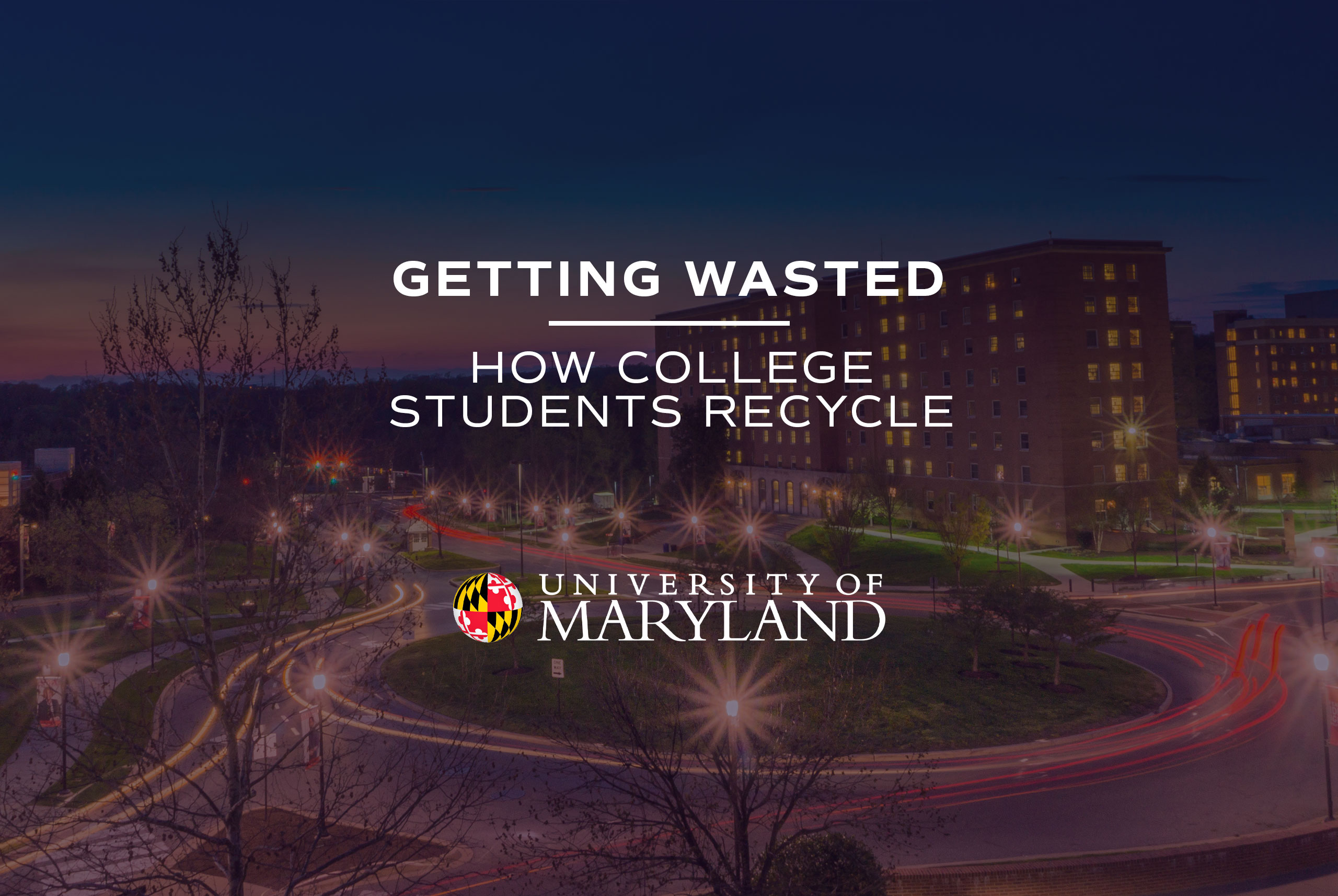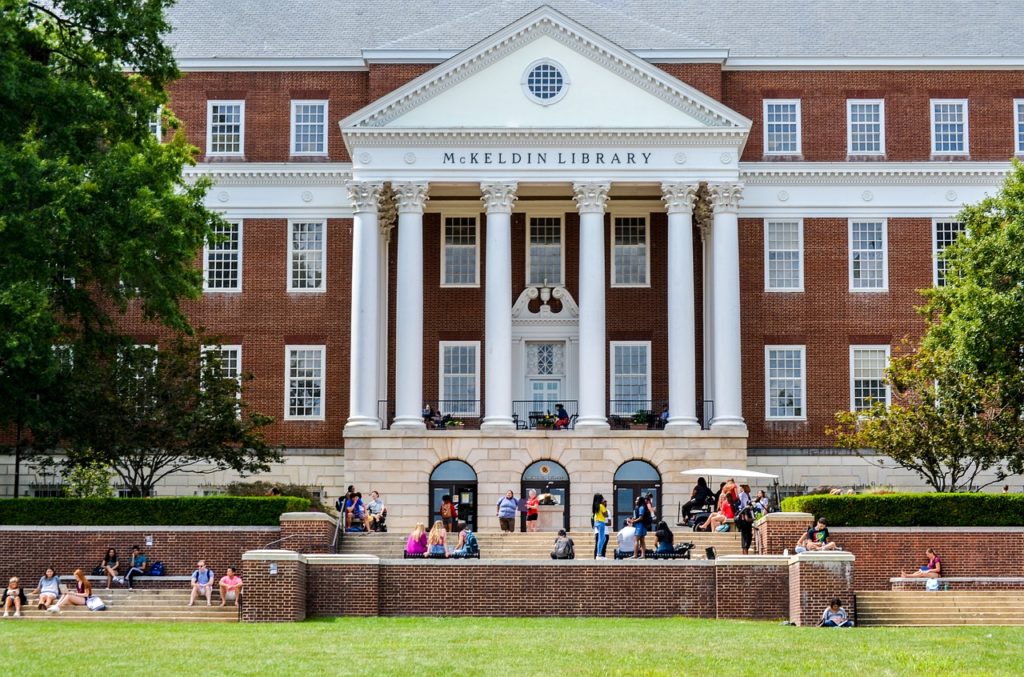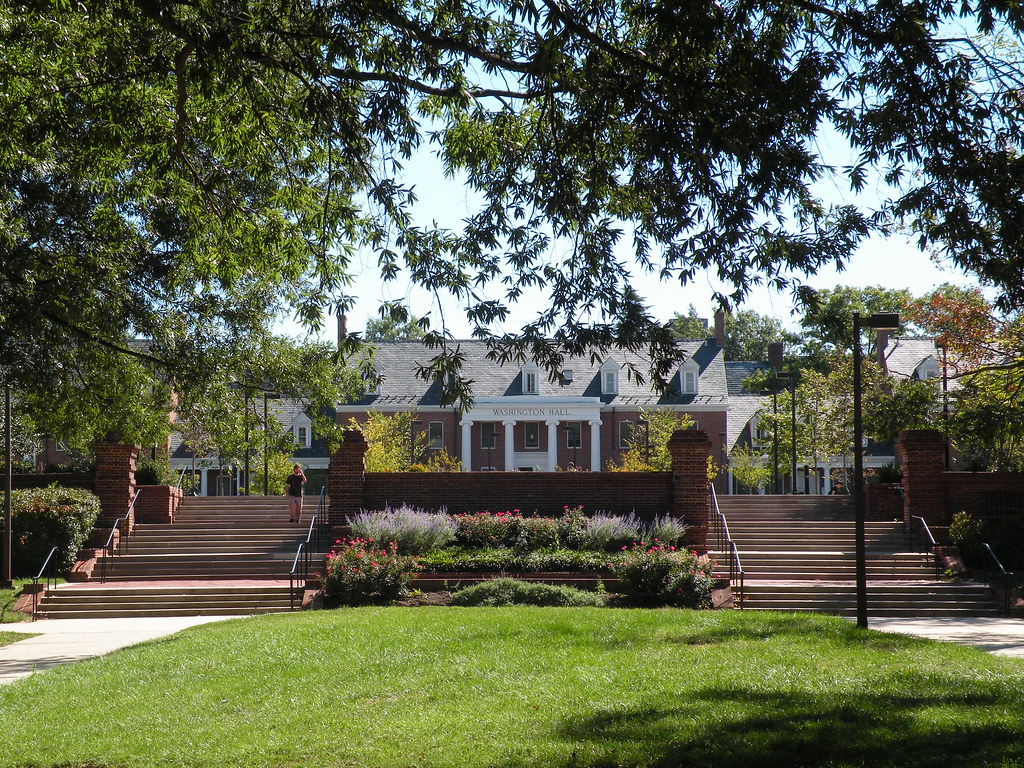Getting Wasted: How College Students Recycle at the University of Maryland

As a student at the University of Maryland, College Park who is passionate about sustainability, I take great care to pay attention to the environmental practices on campus. At a first glance, we have a clean campus filled with greenery. There are trash and recycling bins around every corner. Of course, we’re still college students. So on Saturday mornings, there are often pizza boxes from the night before lying about, but by noon they are always gone.
This process is representative of the university’s attitude towards waste and recycling: some don’t contribute, but the majority of us care and take pride in our university being a frontrunner in waste management.
UMD is avidly focussed on its environmental impact, largely as a result of the efforts of our sustainability office. The office has a presence at almost every event I’ve been to on campus, ranging from the first look fair at the beginning of the year where all on-campus clubs are showcased to small meetups for the residents of a single dorm to meet one another. During my third week on campus, I got to make my own recycling bin for my dorm out of a recycled ice cream tub from our on-campus dairy. I even have a pair of terrapin (our mascot!) sustainability socks that I won in a trivia game testing my sustainability knowledge in the lobby of my dorm!

Opportunities for Improvement
Despite these efforts and the many students and staff who do care, the campus recycling attitude is far from perfect. It can be hard, however, with a student body as large as UMD’s over 30,000 students to ensure universal recycling. UMD’s recycling rate was 46.5% in 2019, as compared to the US average of 34%, which is good but not 100%. There are multiple recycling bins in each building that provide the opportunity to recycle whenever necessary which always comes along with signage as to what should and should not be recycled.
The campus is making an effort to increase composting availability as there are currently only 25 composting locations on campus. While 25 is quite a large number, on a campus that covers 1,340 acres, it is not enough to make compost convenient and accessible. In fact, I think I have only ever seen one or two bins. The number of compost locations will continue to increase in the coming years, but it is a good start. Interestingly enough, the compost used at our on-campus farm comes from the compost facility our campus compost is brought to.
University Department Initiatives
Dining services is possibly UMD’s greatest contributor to what makes UMD a more green campus than many other universities. When I first arrived on campus as a freshman, I was confused by the lack of trash cans in the dining hall. There weren’t even trash cans near the exits. It seemed very weird to me that I could not throw away napkins after finishing my lunch. Instead, the students just placed them on top of their plates and put them on the conveyor belt that disappeared back into the kitchen. This was always something I wondered about and since I had direct contact with the dining team because of my allergies, so I eventually asked what the reason for this was. What they told me was that the trash cans had been removed to reduce waste so the dining team would get to control all the leftovers and trash to compost as well as separate the trash into the correct categories.
Most departments within the university have a sustainability team that works specifically on improving their environmental impact. These departments have the opportunity to earn certifications for their level of environmental sustainability. I work at the Clarice Smith Performing Arts Center as an usher and our department has a silver level certification, the second-highest. We do not use disposable plastics within the office and have instead replaced them with utensils that are washed by us. We bring out recycling boxes for playbills at the end of every performance so that they can be used at the subsequent performances of the show. These are specific examples, but they are a representation of the way sustainability is viewed as an effort that every part of the university contributes to.

Ways to Get Involved
There are over 25 environmentally-focused on-campus student groups that are constantly working to create innovative solutions to the remaining problems with the university’s environmental impact. acClimate is an organization dedicated to advocating for “equitable, science-based environmental policy” which ensures that students can contribute to progressive climate policy. Green Roots aims to promote sustainable agriculture on campus and beyond through the use of hydroponics and aquaponics. The food grown through their efforts is distributed to the local community. Beyond growing food, Green Roots also educates the public on these sustainable agriculture practices.
By far the most impressive student environmental initiative to have ever been started at UMD is the Food Recovery Network. The group recovers left-over food from the dining halls and sports games to donate to hungry people in the DC area. In 2011, four UMD students started this initiative and it has now spread to 230 schools, recovered 3.9 million pounds of food, donated 3.2 million meals, and prevented 7.4 million pounds in carbon dioxide emissions. This specific initiative makes me most proud to be a UMD student as far as the environment is concerned. I have seen the enormous amount of food we go through every day in the dining hall and there is no reason that food should ever be thrown away when it can be donated to those in need.
UMD is truly a campus dedicated to protecting the environment and I am proud to be a part of that. I think both the university’s administration and the students are working to prevent climate change and ensure that the university is sustainable. However, there is always more that can be done. I encourage other students to get involved on campus within existing environmental organizations or even create new ones! Any area of study from public policy to the performing arts to the sciences has a role to play in promoting environmental sustainability and waste reduction. As students, investing time in sustainable practices now will create a better future for us and generations to come. We have the opportunity to do right by our planet so we should all reduce, reuse, recycle, and get involved.


Leave a Reply